I decided to replace my aging Zyxel and Netwjork 100 Mbit/s Ethernet switched with new gigabit models. I decided to get two ZyXEL GS-108S v2 Media Switch as replacement for those. The Zyxel GS-108S v2 10/100/1000 Mbps switch is designed to provide reliable high-performance media network connectivity – that’s what I need. The Zyxel GS-108S v2 8-Port Desktop Gigabit Ethernet Media Switch is advertised in the product page that it can easily connect multiple media devices to home networks at blazing-fast Gigabit simultaneously. Moreover, the newly designed GS-108S v2 allow smooth video streaming and online gaming activities. I think that “ allow smooth video streaming and online gaming” here is just marketing speak without any real meaning or added values – as any decent Ethernet which that works correctly should do those tasks well enough not to cause any issues. So this market speak does not make me to pay any more money for this or select this product over some other alternative.
Another feature that is somewhat interesting not wort of much money is somewhat reduced energy consumption – could in best case save a little bit electricity and make the switch runs less hot (so it might have longer service life). The GS-108S v2 can detect the length of connected Ethernet cables. The GS-108S v2 automatically detects power consumption according to the number of active connected network devices and cable length. With fewer active connected network devices or shorter Ethernet cable length, the switches will consume less power accordingly. Less power consumed with less devices connected has been pretty much standard stuff with any Ethernet switch for ages. The shorter the Ethernet cable length is, the less power it consumes, needs some new tricks.
It has two high priority, two med priority and four low priority ports.
Here is Application Diagram from product page illustrating how the Ethernet switch ports would be best used:
I think that in many applications today it does not matter much which port you use for which purpose. In case you are not loading your network anywhere near to 100% load, any port on the switch should theoretically provide pretty much ideal network performance for all parts. The priorities start to matter when the networks starts to get so fully loaded that some parts of it get congested, and at that time the priorities determine which ports get best service and which get somewhat degraded performance. Professional managed switches have for years have typically per port configuration for priorities and other properties (you need to know what you are doing to configure then correctly). This is a consumer switch, that should be easy to use, so assigning fixed priorities for different ports makes sense because makes switch easy to take to use (no configuration needed) and cheap (no separate processor needed on switch to handle web configuration interface) – and still provides priority support for those who need it (I think most users today don’t need that).
Here is look inside that gigabit Ethernet switch. There is not much to see here because most interesting main switch IC is below the heat-sink (that I do not want to remove risking damaging this brand new working switch.
Here is the power supply. It takes mains power and outputs 5V 1A for the electronics – theoretically you could replace it with USB power
At the moment both Ethernet switches have worked well – as any gigabit Ethernet switch.
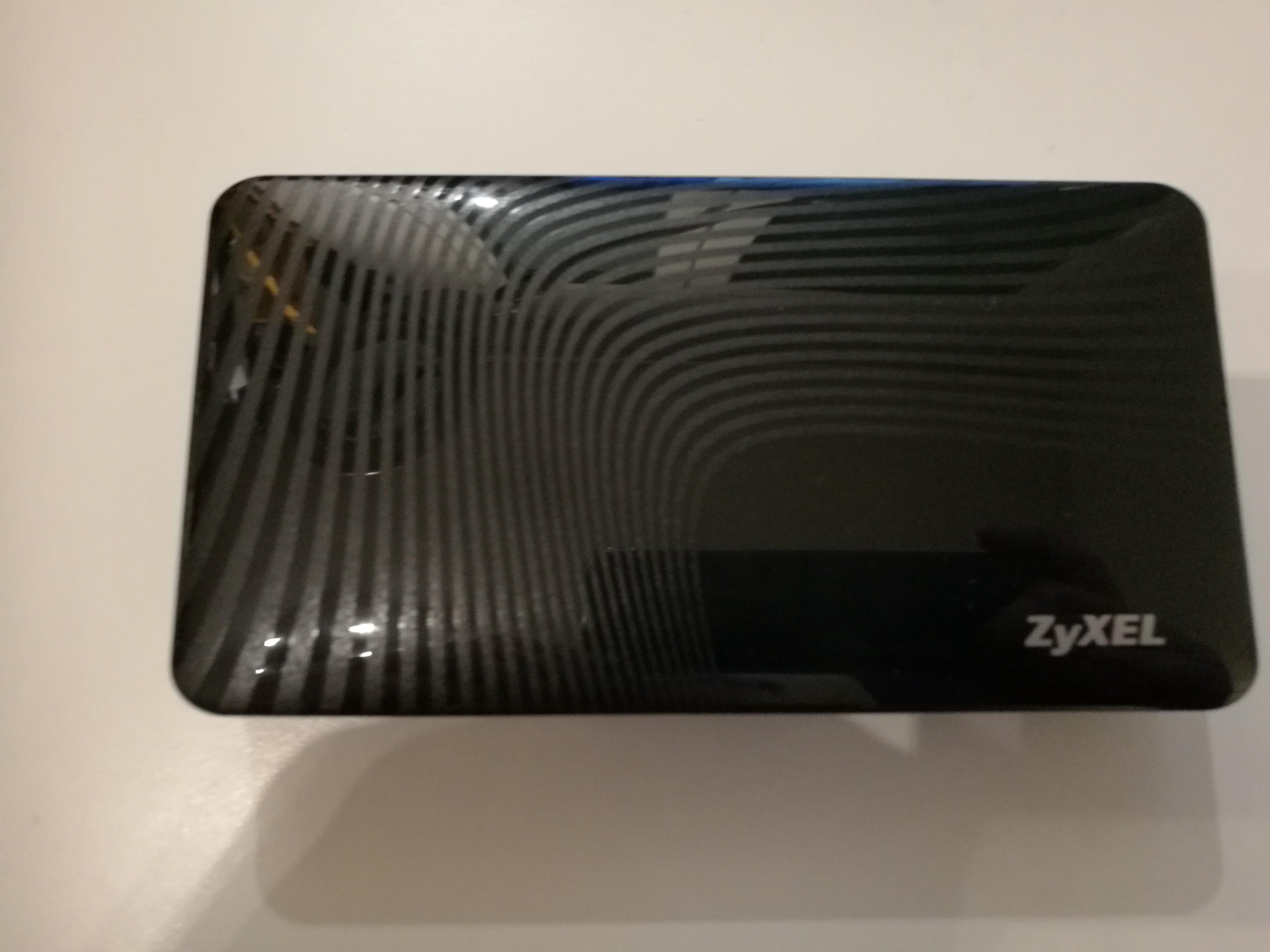
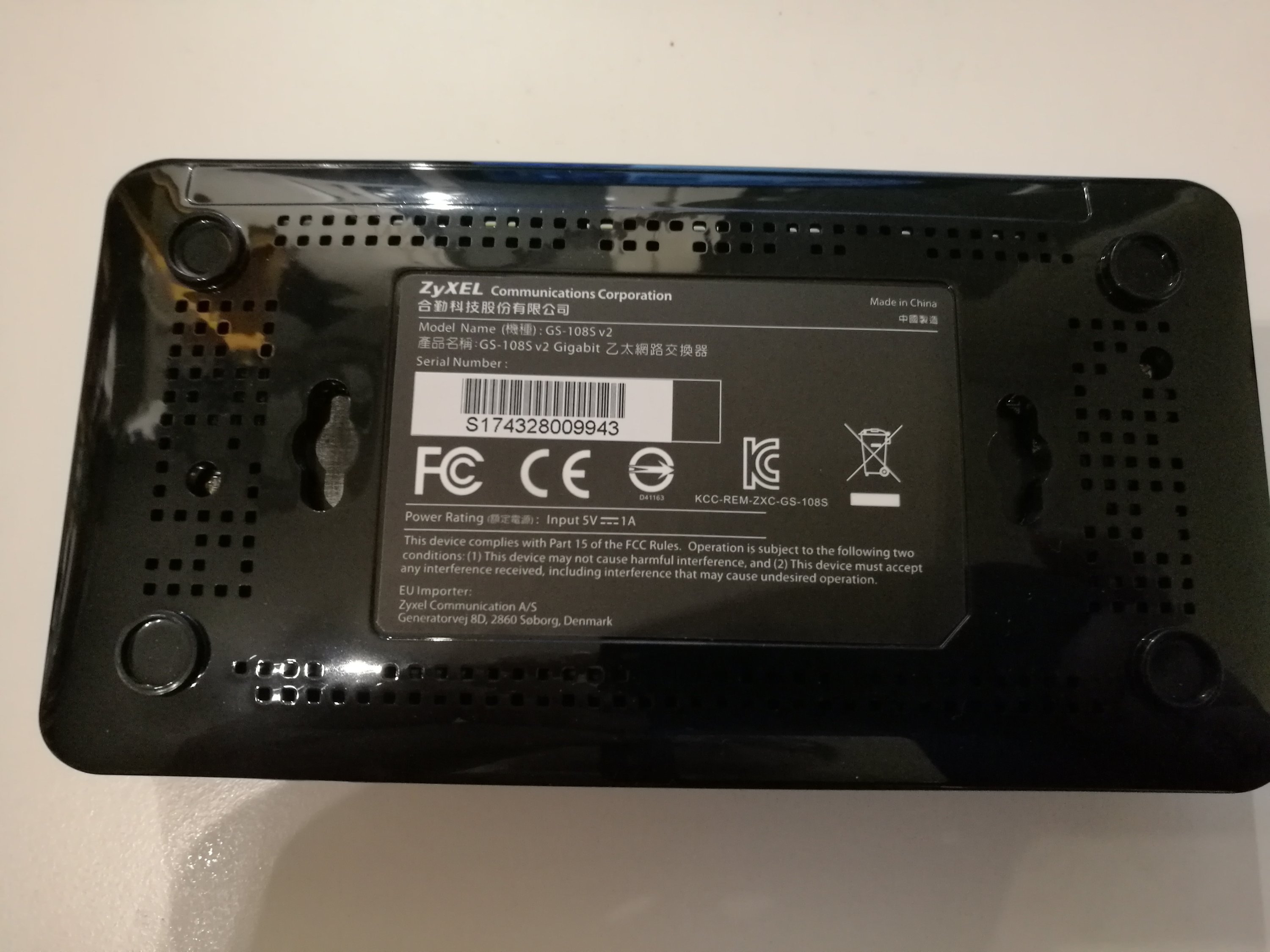
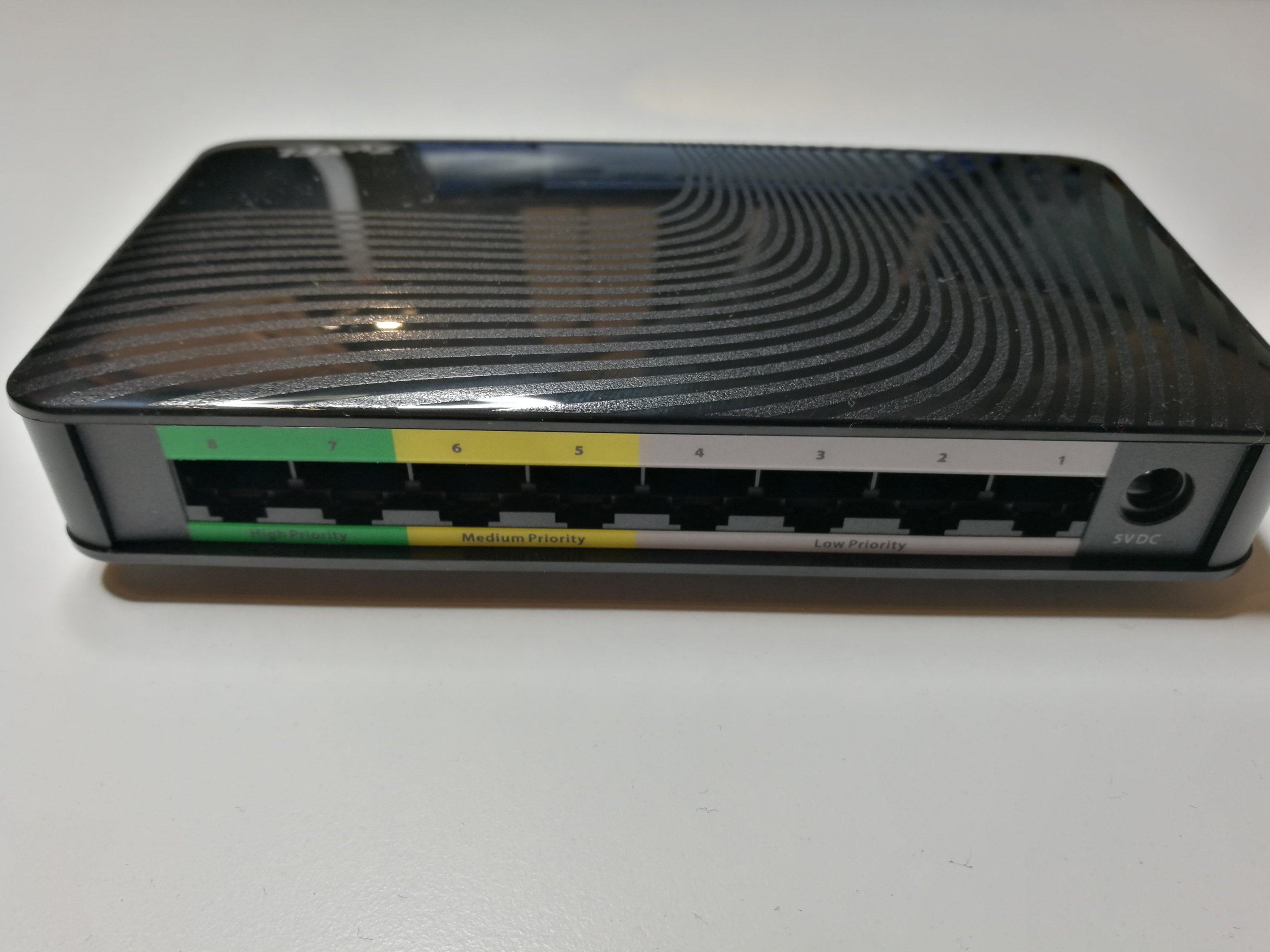
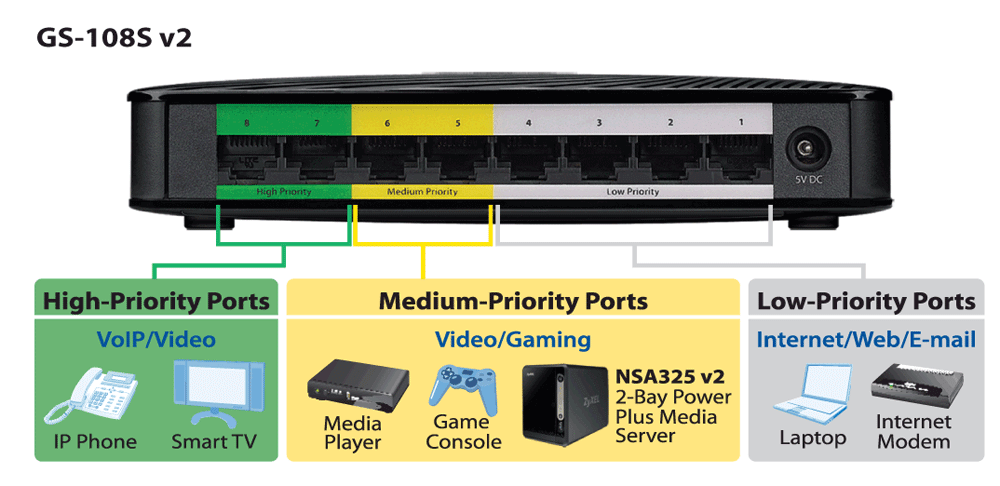
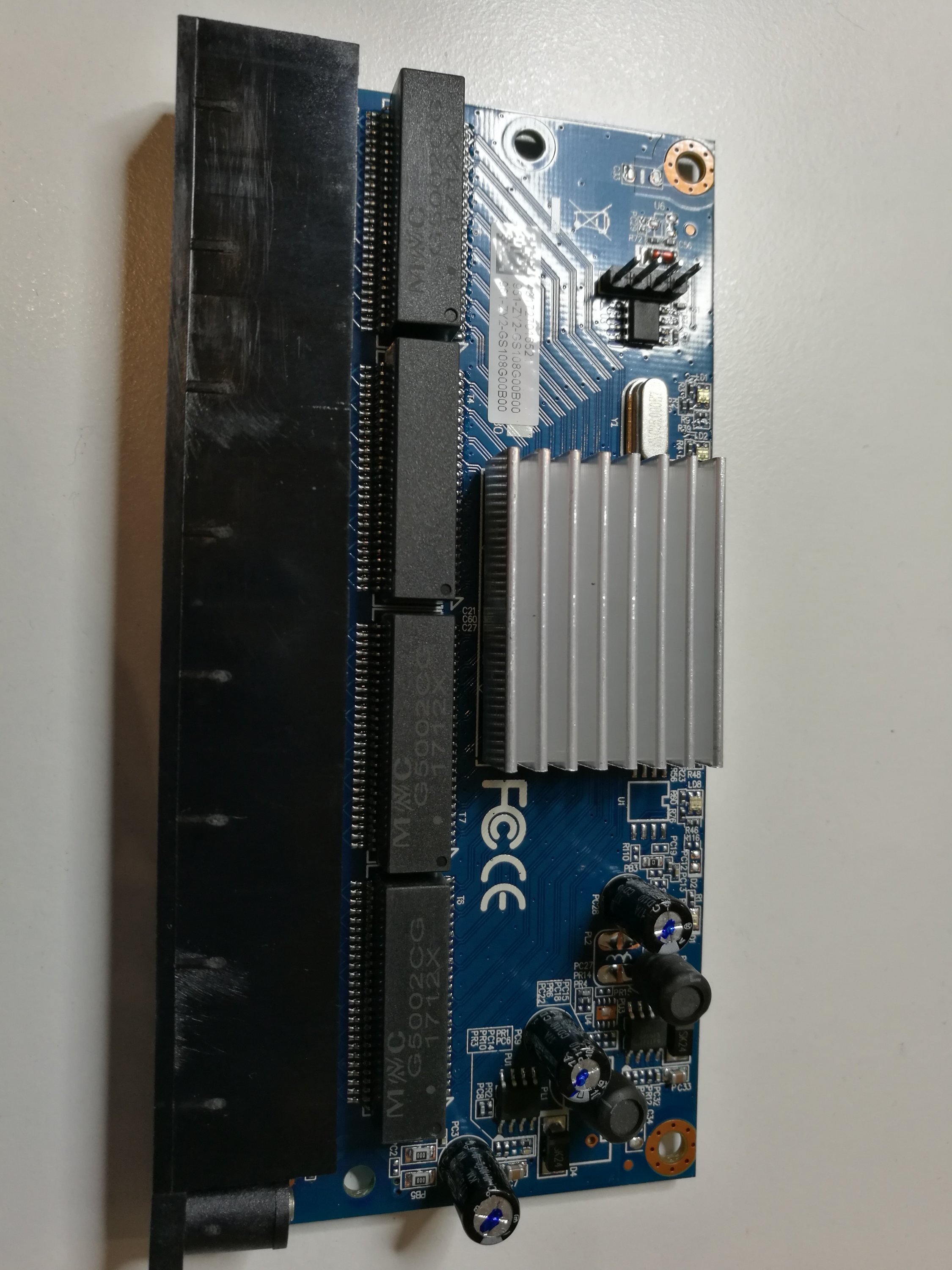
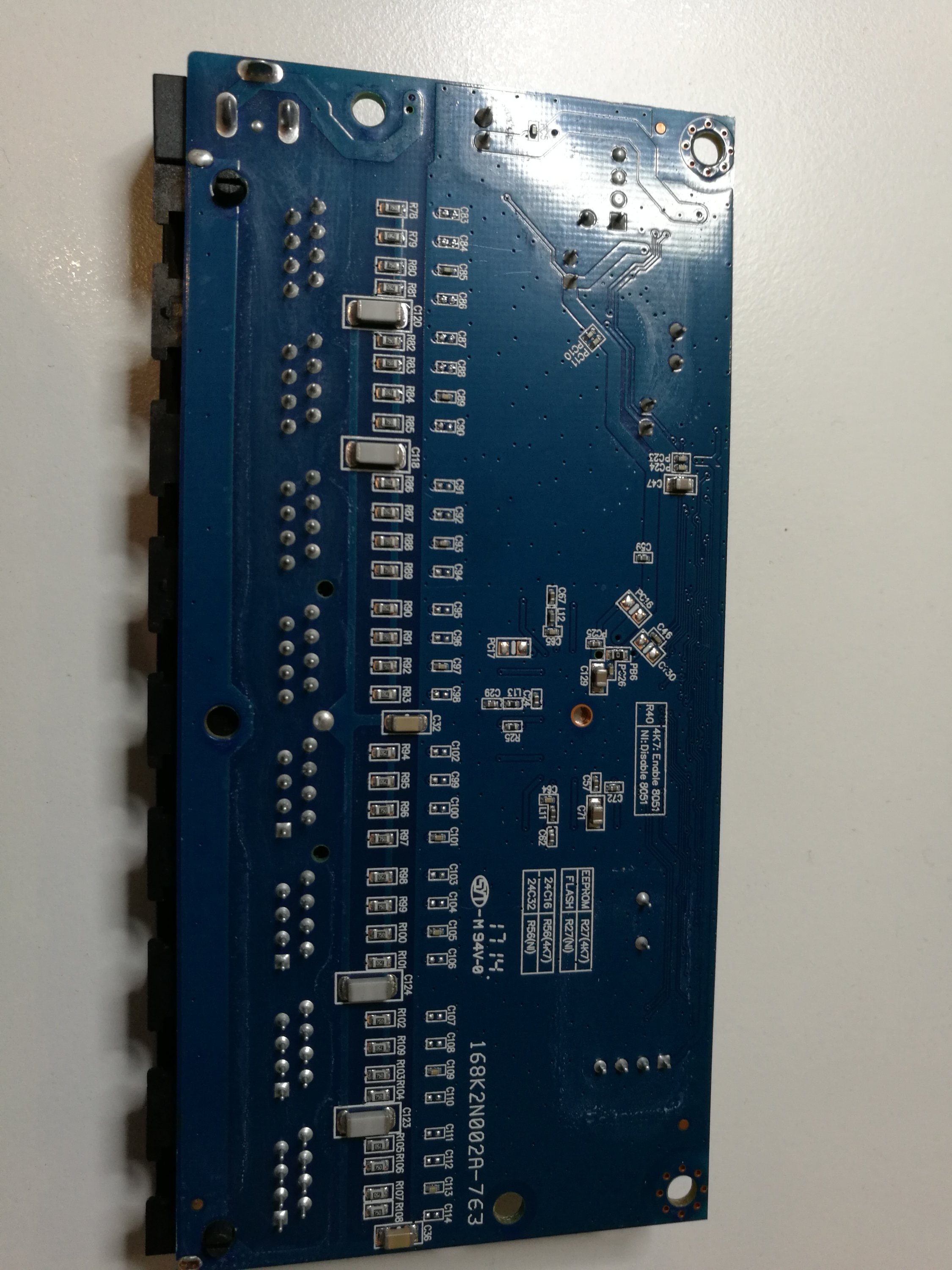
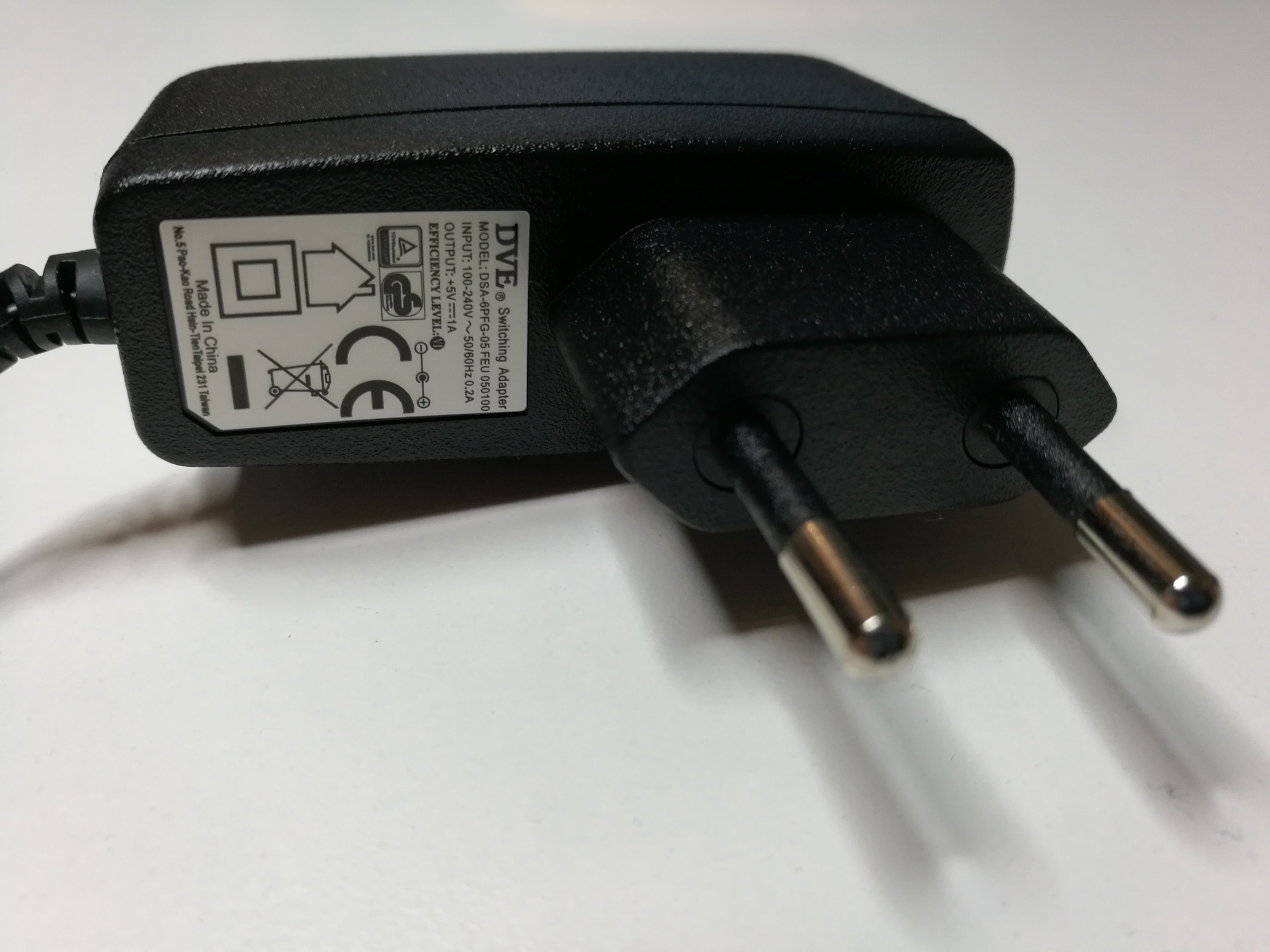
1 Comment
Tomi Engdahl says:
Look inside a bigger switch
This is NOT a repair video
https://www.youtube.com/watch?v=TE3il-V6XCE
I mean, technically you repaired it. You touched it and it started working again. Nobody said HOW a repair has to look like.